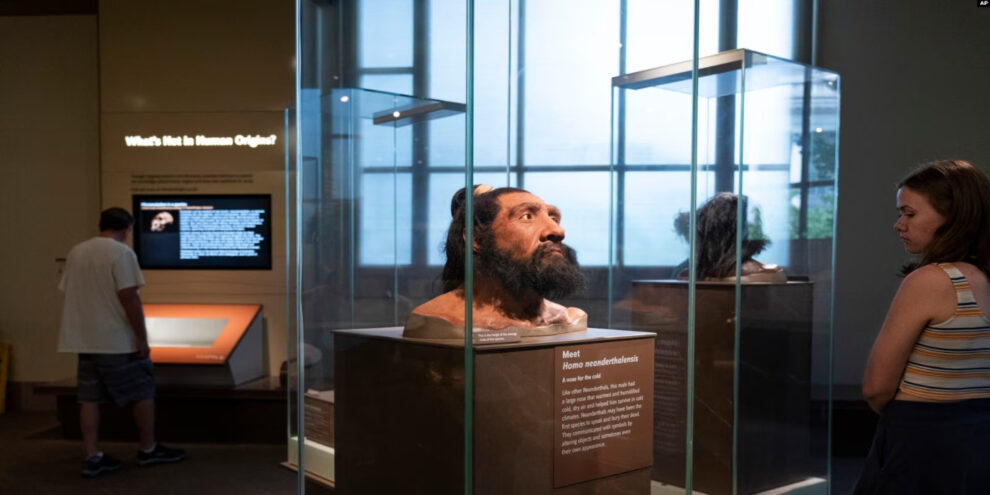Neanderthals live on within us.
These ancient human cousins, and others called Denisovans, once lived alongside our early Homo sapiens ancestors. They mingled and had children. So some of who they were never went away — it’s in our genes. And science is starting to reveal just how much that shapes us.
Using the new and rapidly improving ability to piece together fragments of ancient DNA, scientists are finding that traits inherited from our ancient cousins are still with us now, affecting our fertility, our immune systems, even how our bodies handled the COVID-19 virus.
“We’re now carrying the genetic legacies and learning about what that means for our bodies and our health,” said Mary Prendergast, a Rice University archeologist.
In the past few months alone, researchers have linked Neanderthal DNA to a serious hand disease, the shape of people’s noses and various other human traits. They even inserted a gene carried by Neanderthals and Denisovans into mice to investigate its effects on biology, and found it gave them larger heads and an extra rib.
Much of the human journey remains a mystery. But Dr. Hugo Zeberg of the Karolinska Insitute in Sweden said new technologies, research and collaborations are helping scientists begin to answer the basic but cosmic questions: “Who are we? Where did we come from?”
And the answers point to a profound reality: We have far more in common with our extinct cousins than we ever thought.
Neanderthals within us
Until recently, the genetic legacy from ancient humans was invisible because scientists were limited to what they could glean from the shape and size of bones. But there has been a steady stream of discoveries from ancient DNA, an area of study pioneered by Nobel Prize winner Svante Paabo who first pieced together a Neanderthal genome.
Advances in finding and interpreting ancient DNA have allowed them to see things like genetic changes over time to better adapt to environments or through random chance.
It’s even possible to figure out how much genetic material people from different regions carry from the ancient relatives our predecessors encountered.
Research shows some African populations have almost no Neanderthal DNA, while those from European or Asian backgrounds have 1% to 2%. Denisovan DNA is barely detectable in most parts of the world but makes up 4% to 6% of the DNA of people in Melanesia, which extends from New Guinea to the Fiji Islands.
That may not sound like much, but it adds up: Even though only 100,000 Neanderthals ever lived, “half of the Neanderthal genome is still around, in small pieces scattered around modern humans,” said Zeberg, who collaborates closely with Paabo.
It’s also enough to affect us in very real ways. Scientists don’t yet know the full extent, but they’re learning it can be both helpful and harmful.
Source : VOA News















